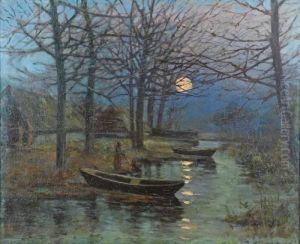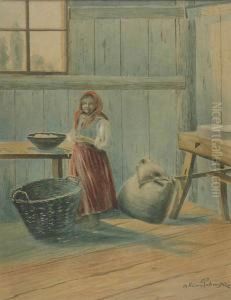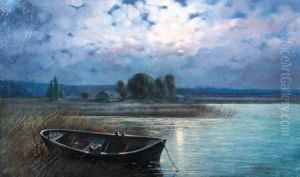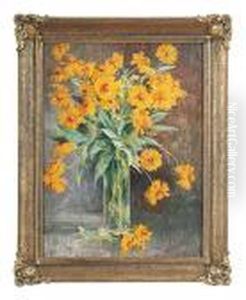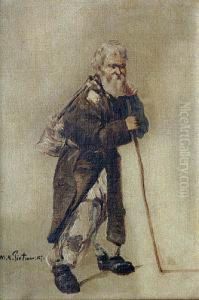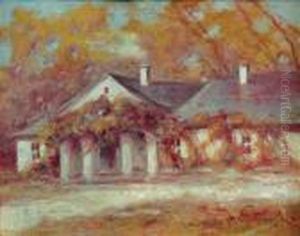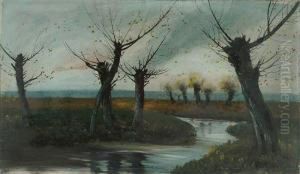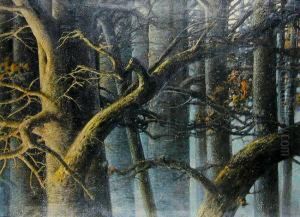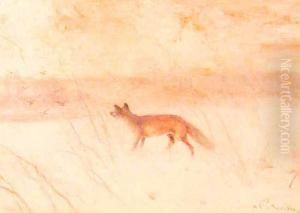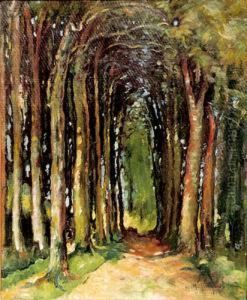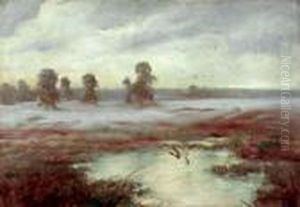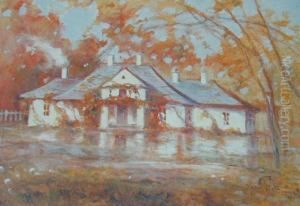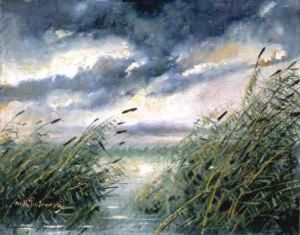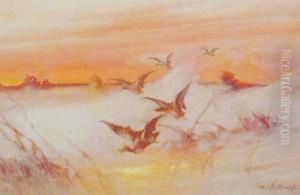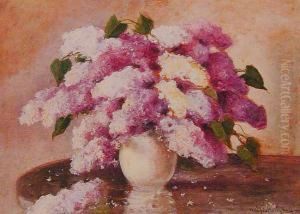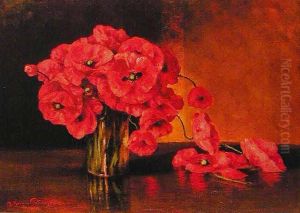Mieczyslaw Korwin Piotrowski Paintings
Mieczysław Haim Korwin-Piotrowski, born in 1816, was a Polish Romantic painter known for his significant contributions to the art of his time. His life and work were deeply intertwined with the political and cultural events of the 19th century, especially those affecting Poland and its struggle for independence.
Korwin-Piotrowski was born into a noble family in what is today Belarus, which was then part of the Polish-Lithuanian Commonwealth. He was educated in the arts from a young age, showing an early talent for painting and drawing. His passion for art was matched by his commitment to the cause of Polish national liberation. Throughout his life, he was involved in various patriotic activities, which influenced both his life choices and his artistic themes.
During his career, Korwin-Piotrowski traveled extensively across Europe, studying and working in France, Italy, and other countries. This exposure to different artistic schools and movements helped him develop a unique style that combined elements of Romanticism with a distinct Polish character. His works often featured historical and allegorical themes, with a focus on the heroic and tragic aspects of Poland's history.
Despite his artistic talents, Korwin-Piotrowski's life was marked by hardship and political struggle. He participated in the November Uprising of 1830–1831, an armed rebellion against the Russian Empire's rule over Poland. After the uprising failed, he was forced into exile, like many of his compatriots. During his time abroad, he continued to work and exhibit his art, keeping the spirit of Polish nationalism alive through his paintings.
Korwin-Piotrowski's contributions to art were recognized in his time, but his political activities sometimes overshadowed his artistic achievements. Nonetheless, he remained a respected figure in both the Polish community and among his fellow artists. He continued to paint and engage in political activism until his death in 1875.
Today, Mieczysław Korwin-Piotrowski is remembered as a symbol of the Polish Romantic movement in art, a movement that was deeply connected to the broader European Romanticism yet had its own unique and patriotic flavor. His works are considered an important part of Polish cultural heritage and are studied for their artistic merit as well as their historical significance.

